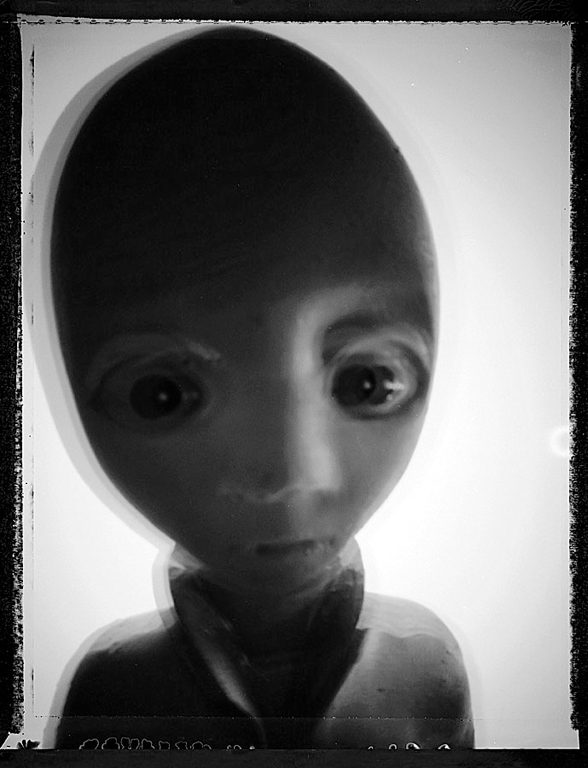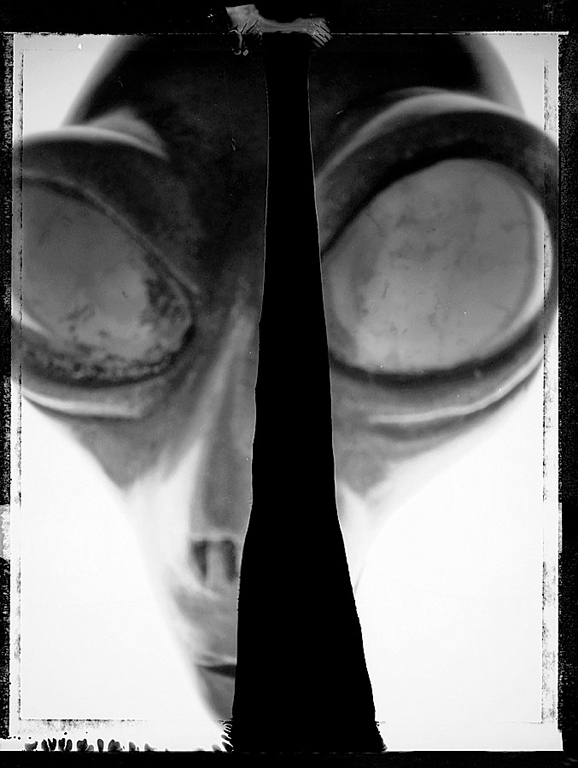[Winter 2000-2001]
par Susan Close
Open Studio: William Eakin
St. Norbert Arts Centre, Winnipeg, June 4 – September 24, 2000
William Eakin
Winnipeg Art Gallery, Winnipeg
September 28, 2000 – January 7, 2001
Winnipeg artist William Eakin works on a vast scale, as both a collector of objects and a maker of photographs. It comes as no surprise, then, that it was necessary to have two significant exhibitions of his work last year in order to represent his art practice. The first, Open Studio: William Eakin, was a component of Eakin’s four-month residency at the St. Norbert Arts Centre during the summer of 2000. During this period, the public was able to follow his art-making process as it transformed his fascinating collection of the mundane, “The World’s Greatest Collection of Everyday Objects,” into digital photographs. While the St. Norbert project provides insight into the artist’s working process, the second exhibition, William Eakin, at the Winnipeg Art Gallery (WAG), provides context and presents a mid-career survey of Eakin’s work.
Eakin’s amazing collection is wide-ranging and serves as a vast cultural sea of objects for creating a personal image bank. The artist assumes the role of digital magician, who uses technology to turn popular culture into high art. His collections are gathered from the margins of culture, objects more closely associated with kitsch than camera art. Black-velvet matador paintings, souvenir plates of Niagara Falls, beer-bottle caps, and bowling trophies are among the objects recast to provoke us to reflect upon them as symbols of our consumer society. Eakin has a fascinating ability to transform the ordinary into icon, as shown by the innocent bowling-trophy figure of a policeman transmuted to a monumental scale with a playful yet threatening edge.
The photographs in the WAG exhibition, thoughtfully curated by James Patten, include images from six series: Home Sweet Home (1993–94), Monument (1994–95), Night Garden (1995), Alien Nation (1998), Newsprint (1998), and Bottle Cap (1998), two of which are being shown for the first time. Particularly haunting is Night Garden, a series of images of cake-tin lids that feature magnificent specimens of floral still life (cf. CVphoto 52, p. 6). Yet this is a garden of a different type: flowers frozen in time, not once but twice. First, they have been captured as decorative elements to attract consumers’ attention; then, a second time, by Eakin’s camera, which transforms them into cultural artifacts. They are then arranged as a gridded series of circular images that appear to float against a simple black background that references the darkness of night. Still bearing second-hand-store prices and often chipped from use, these banal yet strangely beautiful objects balance delicately between utility and aesthetics. Eakin is a cultural vigneron cultivating, pruning, and harvesting his vineyard; we, the spectators, are left to taste, savour, and wonder at the enigma that results.



